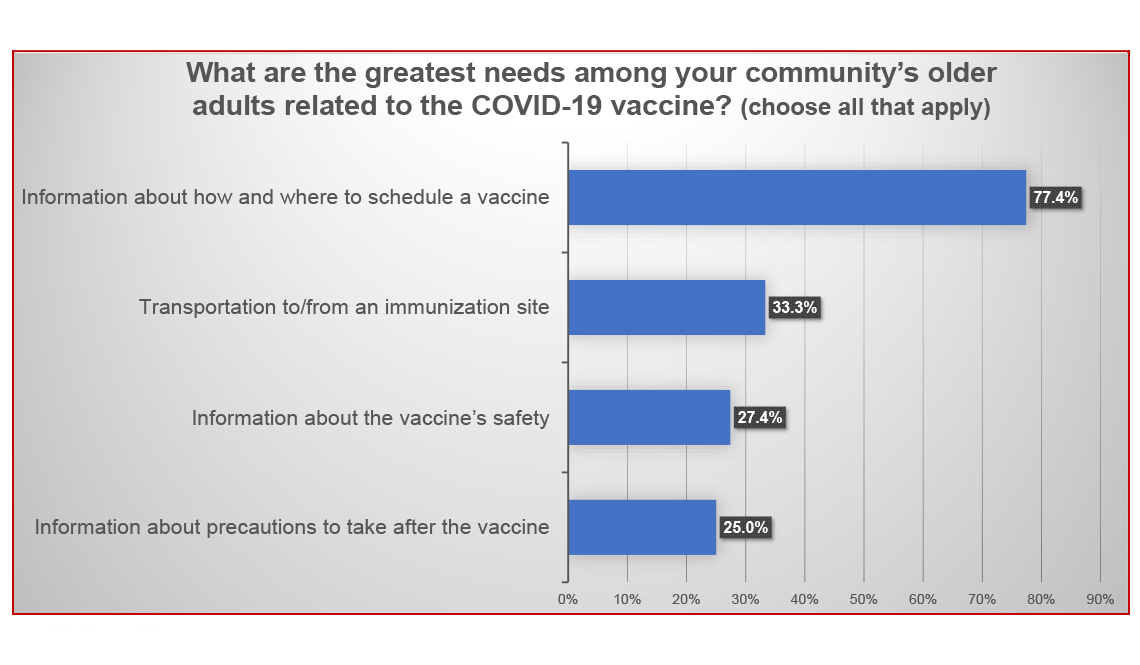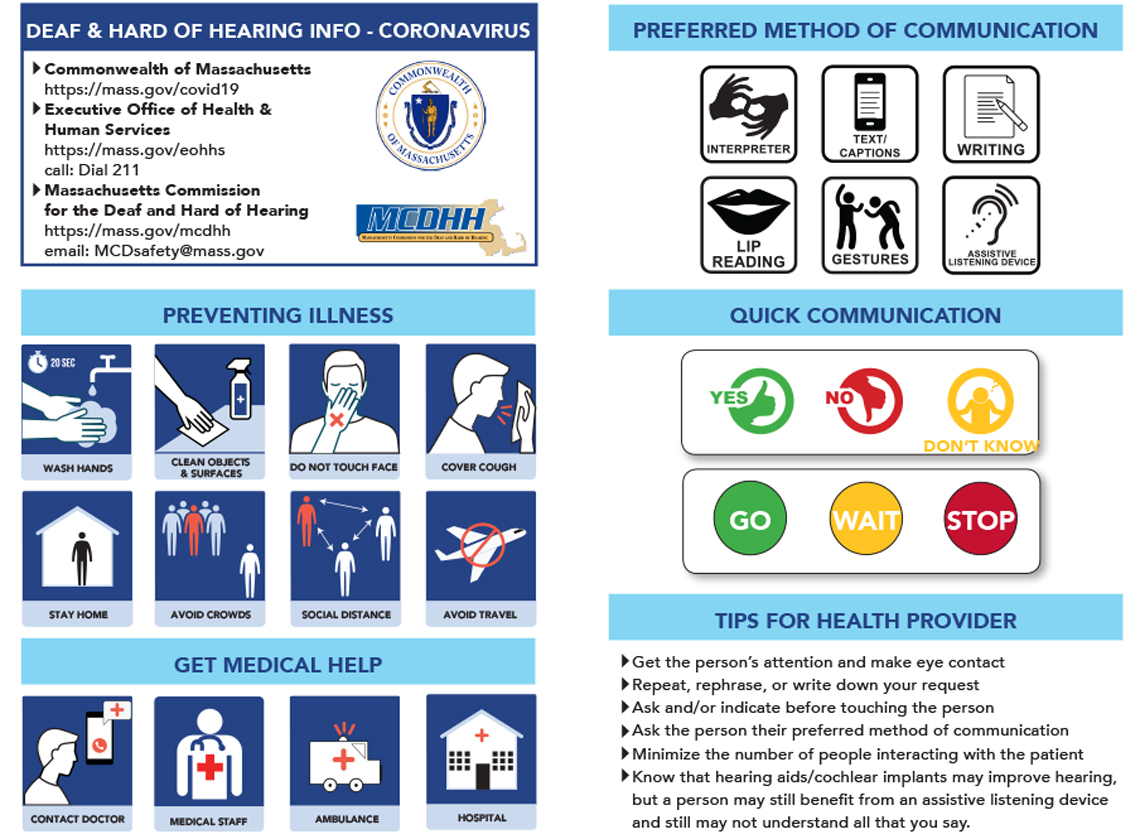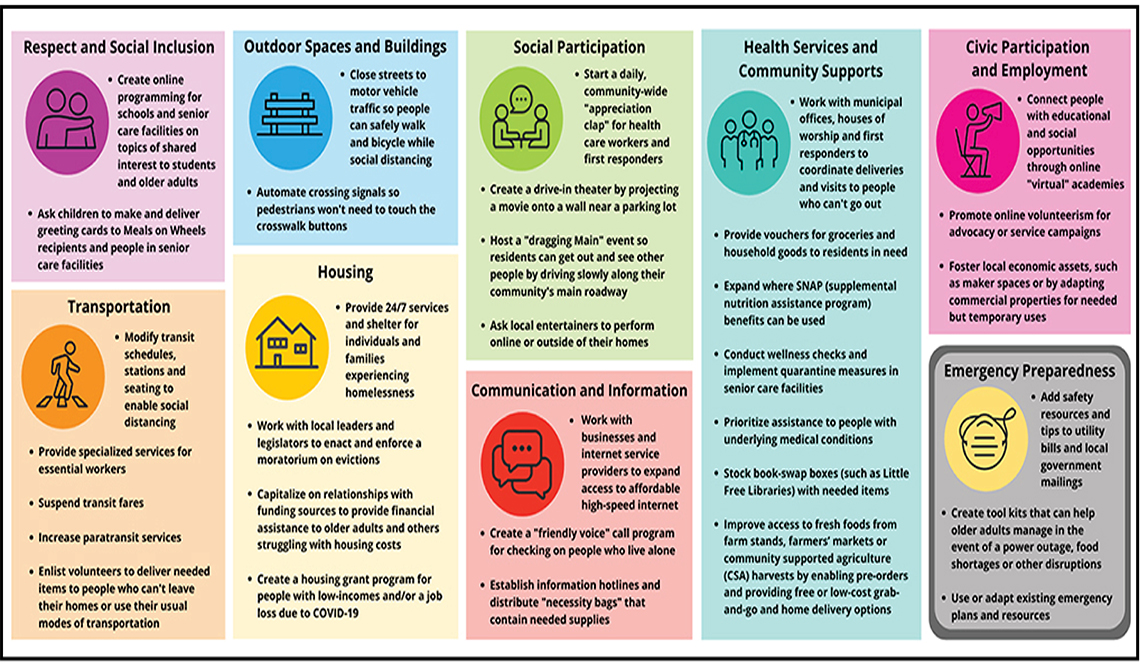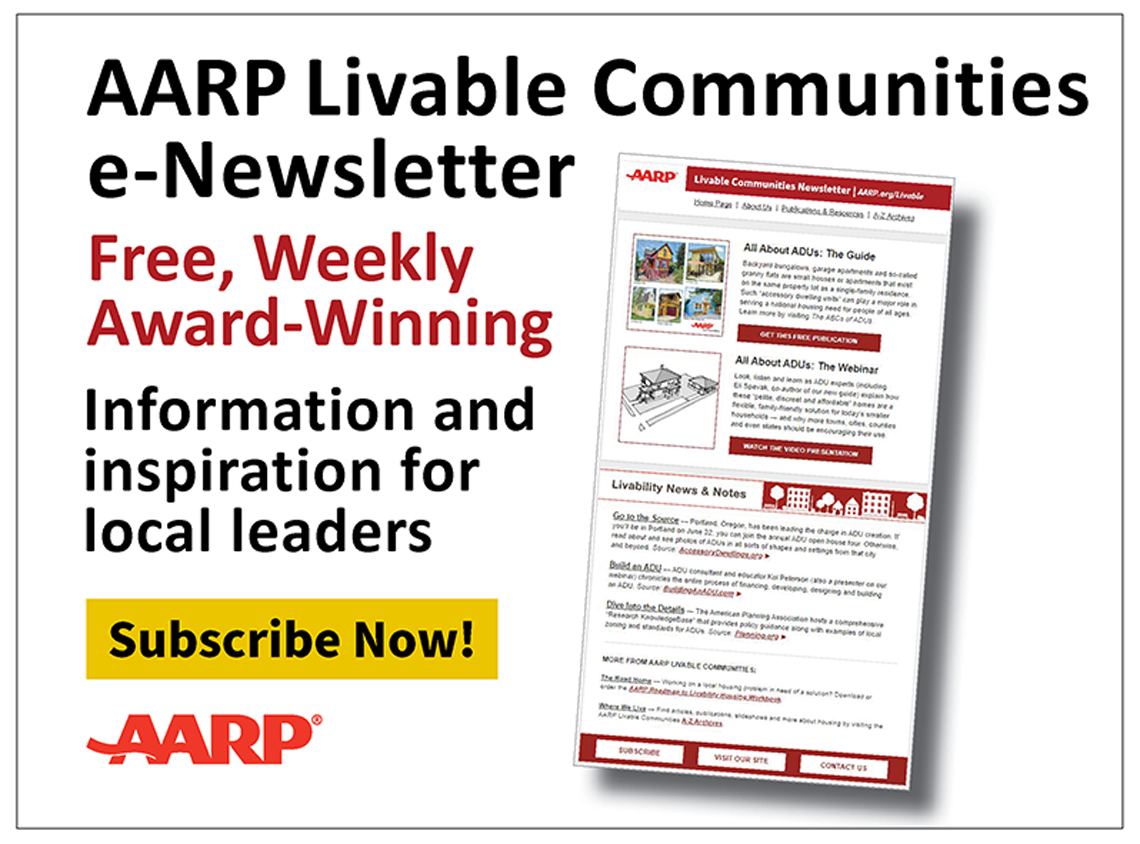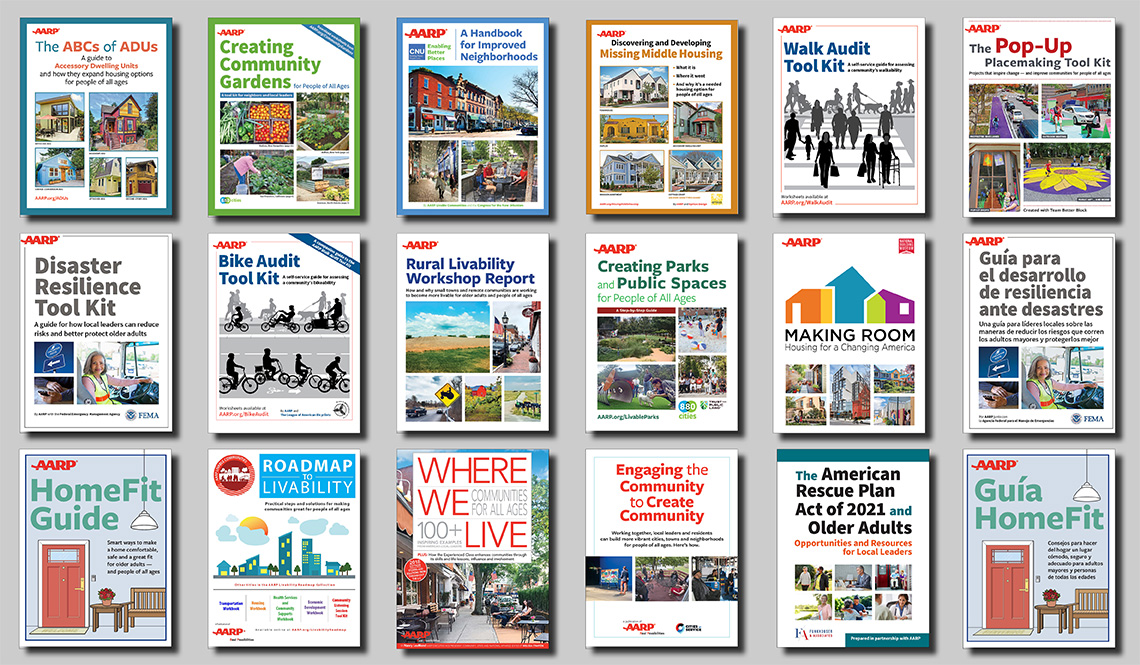'Age-Friendly' Efforts and the COVID Vaccine
A look at how local leaders and volunteers affiliated with the AARP Network of Age-Friendly States and Communities are helping older adults get vaccinated
Several communities in the AARP Network of Age-Friendly States and Communities pursued innovative outreach strategies, and deployed its volunteer corps, to assist in the rollout of the COVID-19 vaccines.
Although older adults were among the demographic groups prioritized for vaccine eligibility, many struggled with the steps involved in actually securing the vaccine. The work being done by local leaders and residents in age-friendly network communities include efforts to share information, do targeted outreach, provide transportation, and even administer vaccines.
Sharing information:
- With circumstances changing daily, the age-friendly committee in Bethel, Maine, realized the town government’s weekly newspaper column wasn’t an effective platform for providing time-sensitive information and updates. So committee members ramped up their use of social media for instant communications about vaccine availability and eligibility, and they turned to postal mail as a way to reach residents who aren’t online.
“We heard so much fear and desperation from older people during the confusion of the vaccine rollout. Our efforts seemed to help to ease the anxiety and frustration, especially for people who don't have access to or facility with technology."
— Anne Schroth, Age-Friendly Coastal Communities, Maine
- Several communities in the network set up telephone-based “navigator” services for answering questions and referring people to current and accurate information about vaccination sign-ups. Some of those communities equipped staff and volunteers to make appointments for eligible residents, having established protocols for safely gathering needed personal information.
- In one community, an effort to reach older, less tech-savvy community members paired literature about COVID vaccines with “grab and go” meals.
- A community health organization in another Maine community provided vaccine-related information through local healthcare practices, town offices, Facebook and an age-friendly partners email list.
Conducting targeted outreach:
- In Colorado, Niki Delson, the co-chair for the Carbondale Age-Friendly Community Initiative, is a member of a three-woman team of self-dubbed “Shot Whisperers” who researched and shared information about unused vaccine doses in pharmacies, clinics and vaccination sites that would otherwise have gone to waste. Their outreach targeted older adults with health issues who were having trouble figuring out their vaccine eligibility and access.
Created by the Massachusetts Commission for the Deaf and Hard of Hearing, the COVID-19 Card is available in eight languages, in large print and as a screen-reader-accessible version. There's also a card that can be adapted for use by health care providers outside of the state.
- In response to vaccine skepticism and data showing the disproportionate impact of COVID-19 on people of color, an enrolled county in Florida reached out to faith leaders and churches, Hispanic-community organizations and the local NAACP. Leaders were brought together via Zoom seminars providing science-based information and asked to reach back out to their parishioners and other community members. Afterward, about half of the county’s Black and Hispanic residents over age 65 were vaccinated in the first rounds of shots.
- A regional group that brings six rural Maine towns together targeted outreach to residents who are isolated. Information was shared by phone and mail with people who signed up through the Bethel Region Age-Friendly Community Initiative for telephone reassurance calls and those who needed help with errands or shopping during the height of the pandemic. Elsewhere in the state, volunteers with Aging Well in Waldo County successfully connected with every resident in its community over the age of 80 to first offer help with acquiring medications, groceries and pet care shopping, and then provided information about vaccines.
- In Massachusetts, which is a state member of the AARP age-friendly network, the Commission for the Deaf and Hard of Hearing created what it calls a COVID-19 Card (pictured), which is a visual tool that can be printed and displayed or carried. Information on the card provides information about preventive measures including hand washing and social distancing, shows pictures depicting symptoms and preferred methods of communication (e.g. lip reading, writing, gestures, interpreter), as well as resources for finding vaccinations. The card is is available in eight languages, in large print and as a screen-reader-accessible version. The website also provides a card that can be adapted for use by health care practitioners outside of Massachusetts.
Providing transportation
- Also in Massachusetts, MassHealth (the state’s Medicaid and Children’s Health Insurance Program) changed its rules in order to offer and fund transportation to vaccination sites. The state also made $2.5 million available for funding transportation services to vaccines and health appointments as well as other essential ride service trips during the pandemic.
- Some network-enrolled age-friendly initiatives used vaccinated volunteers to drive older residents to vaccine clinics. In Maynard, Massachusetts, the police department helped residents over the age of 75 get to their clinic appointments.
In 2020, soon after the pandemic erupted, representatives from several towns, cities and counties in the AARP Network of Age-Friendly States and Communities shared how they were serving and protecting their older residents.
- In a Florida community where one in four households doesn’t have access to a car, pop-up vaccine sites were established in locations older residents could access by walking or using public transit. Health officials encouraged the vaccine recipients to advocate vaccination to their younger friends and family members.
Helping administer vaccines
- In Sarasota County, Florida, which has an active and strong age-friendly program, several vaccination clinics were staffed largely by volunteers, including retired nurses and doctors. About 40 percent of the population is over 65, so the county created a registration system to save older residents from having to hunt for the small number of initially available doses. A pop-up vaccination site located at an arts center operated with 95 percent volunteer staffing. A local shopping mall provided space for a vaccination clinic where an average of 2,000 shots were given daily, six days a week.
- The health department in a network-enrolled community in West Virginia advertised for volunteers to help with vaccines by placing the ask on its Facebook page. “Would you like to help your community and be part of this rewarding experience? Volunteer opportunities for vaccine clinics include help with patient flow, registration, and outdoor traffic assistance. [Many shifts] require volunteers to be on their feet for a minimum of four hours.”
- A small and very remote Maine community staffed its vaccination clinic with a combination of paid health care workers and volunteers to manage patient arrivals, the shot administration and the mandatory 15-minute post-vaccine waiting period. Prior to COVID-19, the town’s age-friendly committee had ordered a number of tent-like canopies for outdoor activities that wound up being cancelled due to the pandemic. By removing the canopy tops and installing side coverings, the structures were repurposed to provide privacy at the vaccination site in the high school gym.
Related Links
- Visit the AARP Network of Age-Friendly States and Communities
- Check out the network's Member List
- Read the results of an AARP survey about Age-Friendly Communities and COVID-19
- Learn about the Coronavirus-Related 2020 AARP Community Challenge Grantees
Reporting by Steve Mencher | Page published March 2021 | Updated May 2021
Stay Informed
AARP.org/Livable
Enter a topic, name, place, etc.

